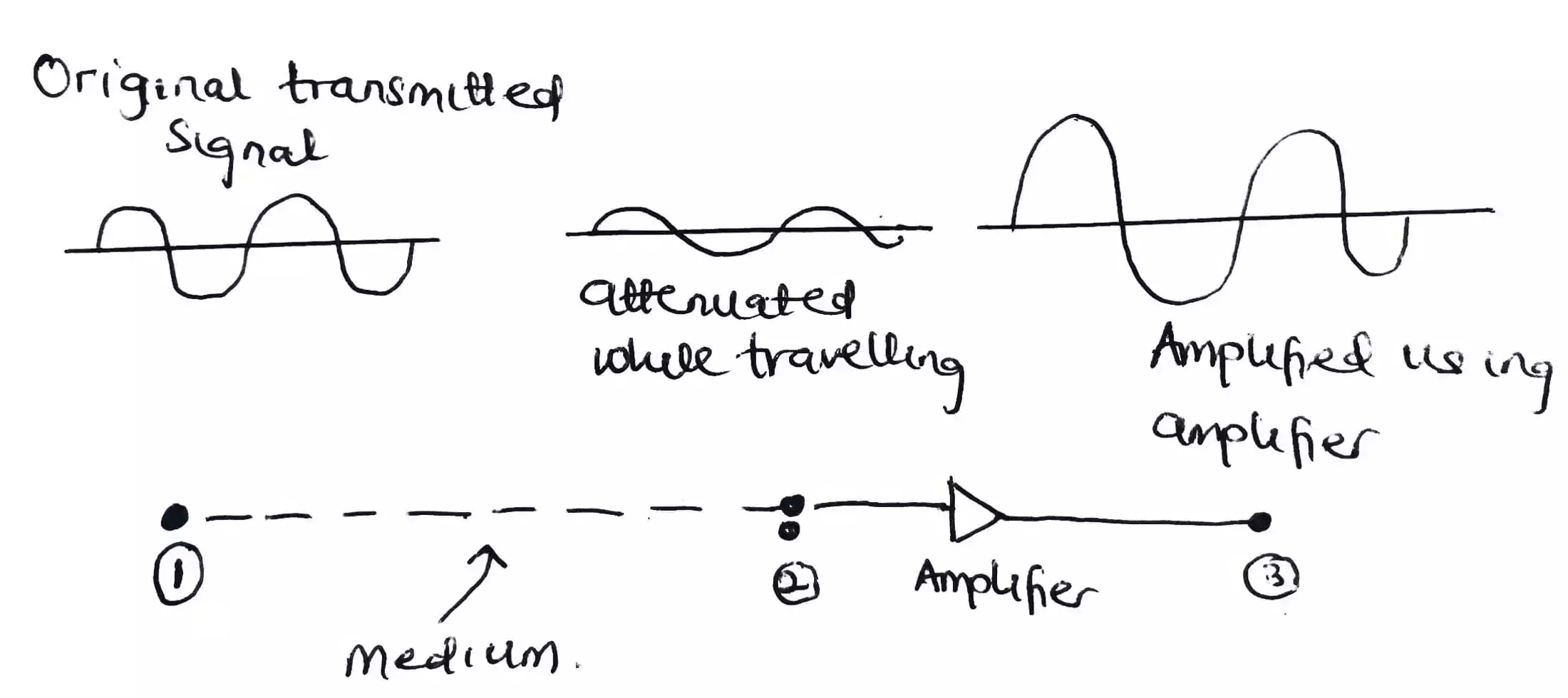Difference Between Wired and Wireless Networks With Examples
Wired and wireless networks are two types of computer networks that are used for communication and transmission of data between devices.
Wired networks are networks where devices (such as computers, printers, and routers) are physically connected to each other and to the internet or another network using cables while,
Wireless networks use radio waves or infrared signals to connect devices without the need for physical cables.
In this article, we’ll explore the difference between wired and wireless network with examples of each.
Table of Contents
What is a Network?
A network refers to a collection of two or more computers or devices that are interconnected to share resources like files, printers, and internet access. Networks can be categorized as wired or wireless, depending on the method used for connecting the computers.
What are Wired Networks?
Wired networks are networks where devices (such as computers, printers, and routers) are physically connected to each other and to the internet or another network using cables.
The most common type of cable used for wired networks is called an Ethernet cable, and also the most common type of wired network is called an Ethernet network.
Another type of cable used in wired networks for data transmission are coaxial cables.
For example, you might have a wired network set up in your home where your desktop computer is connected to your internet modem/router using an Ethernet cable.
This allows your computer to access the internet and communicate with other devices on the network.
Wired networks tend to be faster and more reliable than wireless networks because the physical cables provide a stable connection that’s less susceptible to interference.
However, they can be more expensive to set up and lack mobility since computers must be physically connected via cables.
Examples of wired networks in use include -
- Ethernet connections between computers in an office, or coaxial cables providing internet access to a home.
- Fiber optic networks using fiber optic cables to transmit data at high speeds.
- Token ring networks using a token to control access to the network.
What are Wireless Networks?
Wireless networks, unlike wired networks, use radio waves or infrared signals to connect devices without the need for physical cables.
Read On: What are radio waves? What are radio waves used for?
The prevalent type of wireless network is known as Wi-Fi, which operates in the 2.4 GHz or 5 GHz frequency bands to transmit data wirelessly.
Another common wireless technology used for home and office networks is Bluetooth.
For example, you might have a wireless network set up in your home where your laptop, smartphone, and tablet are all connected to your Wi-Fi router.
This allows all of your devices to access the internet and communicate with each other without the need for cables.
Wireless networks are more convenient than wired networks because you can connect to them from anywhere within range of the signal.
However, wireless networks tend to be slower and less reliable than wired networks because the signal can be affected by interference from other devices or physical obstacles.
Examples of wireless networks in use include -
- Wi-Fi connections between laptops, smartphones, and routers in a home or office.
- Bluetooth’s connections between a smartphone and wireless headphones.
Read on: Advantages and Disadvantages of Wired and Wireless Network
Difference Between Wired and Wireless Networks
| Factors | Wired Networks | Wireless Networks | |
|---|---|---|---|
| 1. | Connectivity | Wired networks use physical cables (such as Ethernet cable and coaxial cable) to connect devices together. | Wireless networks use radio waves (Wi-Fi) or infrared signals (Bluetooth) to connect devices without cables. |
| 2. | Security | Wired networks are generally considered to be more secure than wireless networks as physical cables are used, which does not allow easy interference of signals. | Wireless networks are considered to be less secure than wired networks, as the radio wave used for data transmission can be interrupted or interfered. |
| 3. | Speed | Wired networks typically offer faster and more stable speeds than wireless networks, as cables provide a direct and dedicated connection between devices. | Speed of wireless networks are typically slow and less stable as compared to wire networks. |
| 4. | Mobility / Flexibility | Wired networks provide less mobility or flexibility than wireless networks, as devices must be connected to cables. | Wireless networks provide greater mobility and flexibility than wired networks, as devices can connect from anywhere within range of the wireless signal. |
| 5. | Cost | Wired networks can be more expensive to set up initially, as they require cables and other physical infrastructure. | Wireless networks may have lower initial costs, but may require additional equipment such as routers or access points to ensure coverage throughout an area. |
| 6. | Setup and maintenance | Wired networks generally require more time and effort to set up and maintain, as cables need to be run and devices need to be physically connected to the network. | Wireless networks are typically easier to set up, but may require more maintenance due to potential signal interference or connectivity issues. |
| 7. | Network range | Wired networks have a greater range than wireless networks. Copper cables can carry signals up to 100 m, while fiber optic cables can carry signals over 100 km or more. | Wireless networks have a shorter range than wired networks. Typically, the range of a wireless network is a few hundred feet to several hundred yards or meters, depending on the setup and conditions. |
| 8. | Interference | Wired networks are less susceptible to interference from other wireless signals than wireless networks. This is because wired networks use a dedicated connection between devices, while wireless networks use a shared medium. | Wireless networks are more susceptible to interference from other wireless signals than wired networks. As it uses a shared medium. |
Conclusion
In conclusion, wired networks and wireless networks each have their own set of advantages and disadvantages.
Wired networks offer several benefits. They provide faster data transfer speeds, which means files can be shared and accessed more quickly.
Additionally, wired networks are generally more secure because the physical cables make it harder for unauthorized users to gain access.
They are also less susceptible to interference, ensuring a more stable and reliable connection.
Nevertheless, wired networks do have some downsides. They tend to be more expensive to set up, as they require the installation of physical cables.
It can be more challenging to extend a wired network, and the fixed nature of the cables restricts mobility.
On the other hand, wireless networks have their own advantages. They are mostly less expensive to install since they don’t require physical cables.
Wireless networks are also easier to set up and expand, as they rely on wireless signals instead of physical connections.
They offer greater mobility, allowing devices to connect to the network from anywhere within the network’s coverage area.
However, wireless networks do have some limitations. They tend to be slower in terms of data transfer speeds compared to wired networks.
They can also be less secure since wireless signals can potentially be intercepted by unauthorized users. Additionally, wireless networks are more susceptible to interference from other electronic devices or physical obstacles like walls.
When deciding between a wired or wireless network, it’s essential to consider your specific needs and requirements. If you prioritize faster speeds, higher security, and reduced interference, a wired network may be the best choice. But, if cost-effectiveness, ease of installation, and mobility are more important to you, a wireless network would be more suitable.





